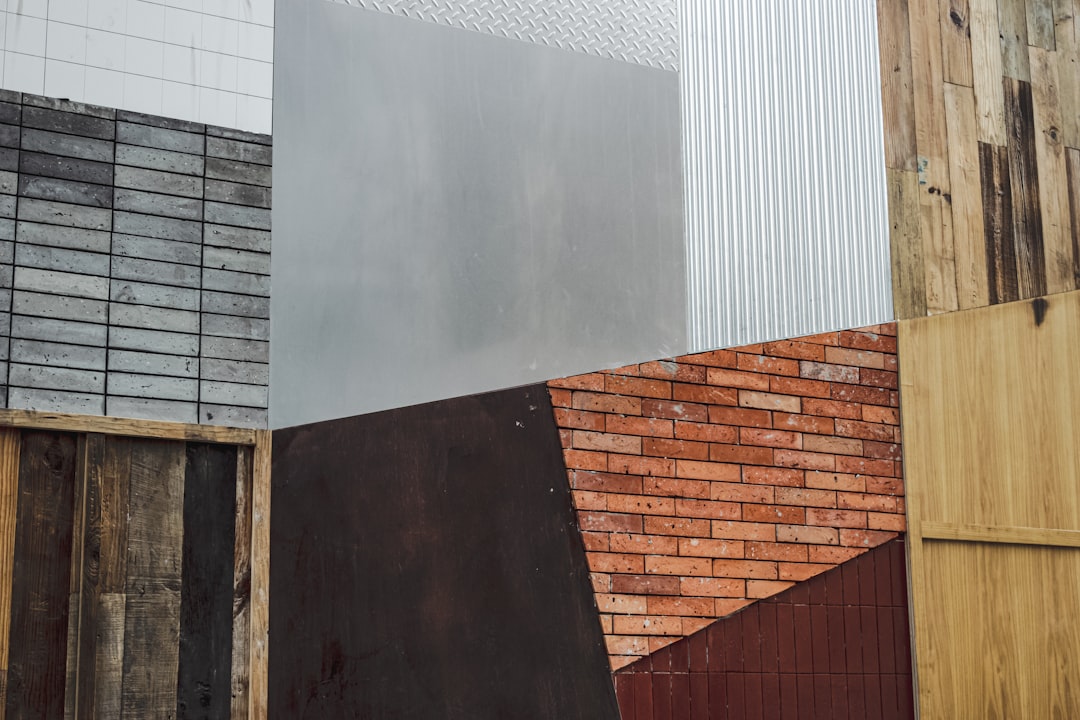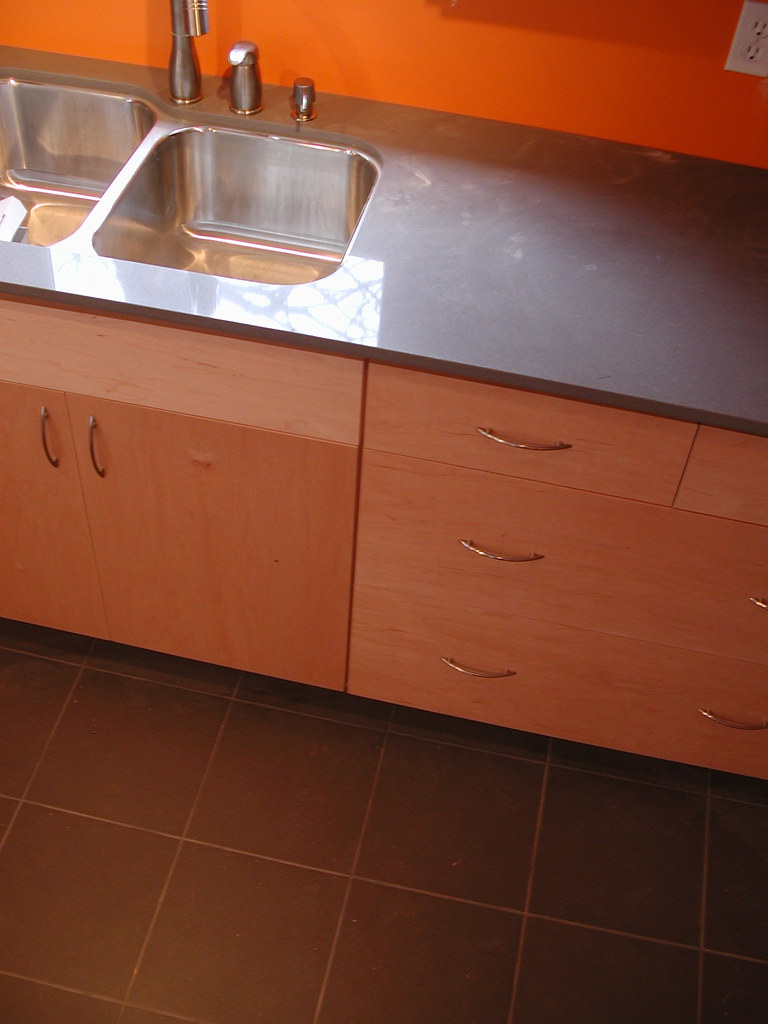Exploring kitchen cabinet materials is essential for anyone looking to enhance their cooking space. Did you know that the material you choose can significantly impact not only the aesthetics but also the durability and functionality of your kitchen? From classic wood to innovative composites, each option offers unique benefits and challenges. Dive into the world of kitchen cabinet materials to discover the perfect match for your home's heart.


When it comes to kitchen cabinet materials, wood and wood veneer stand out for their timeless appeal and robustness. Solid wood is renowned for its durability, capable of withstanding years of use while maintaining its elegant appearance. It offers a variety of grain patterns, colors, and finishes, allowing for a highly customizable look that can range from classic to contemporary. On the other hand, wood veneer provides a cost-effective alternative that still delivers the beauty of wood. It consists of thin slices of wood glued onto core panels (such as plywood or particleboard), offering the aesthetic of real wood at a fraction of the cost. Wood veneer can be an excellent choice for achieving a high-end look without the high-end price tag, though it may require more careful handling to maintain its appearance over time.
The kitchen design landscape has seen a significant shift towards modern and sleek aesthetics, with metal and glass cabinets becoming increasingly popular. Metal cabinets, often made of stainless steel or aluminum, offer a contemporary look that is also incredibly durable and resistant to wear. They are easy to clean and maintain, making them an excellent choice for busy kitchens. Glass cabinet fronts, on the other hand, can be incorporated into metal or wood frames to add a touch of elegance and openness to the space. They allow homeowners to display their fine china or decorative pieces, creating a focal point in the kitchen. Both metal and glass cabinets reflect light beautifully, helping to make the kitchen appear brighter and more spacious. As homeowners continue to embrace modern design, the popularity of these materials is likely to grow, offering a sleek and sophisticated option for kitchen renovations.

In recent years, the push towards sustainability and environmental responsibility has significantly influenced kitchen design trends, leading to the rising popularity of materials like bamboo and recycled materials. Bamboo, a fast-growing grass, offers a highly renewable resource that is both durable and versatile, making it an excellent choice for cabinetry. Its natural aesthetic brings a warm, contemporary feel to kitchens, blending well with both modern and traditional designs. Additionally, bamboo's inherent strength and resistance to moisture make it comparable to traditional hardwoods, yet its growth rate ensures a more sustainable option.
Recycled materials, on the other hand, bring an innovative and eco-conscious approach to kitchen cabinetry. From reclaimed wood to recycled glass and metal, these materials not only reduce waste but also offer unique and customizable options for homeowners. Reclaimed wood cabinets add character and history to a kitchen, while recycled glass and metal can be used to create modern and sleek designs that are both beautiful and sustainable. By choosing cabinets made from recycled materials, homeowners can significantly lower their environmental footprint, demonstrating a commitment to sustainability without compromising on style or quality.
Together, bamboo and recycled materials represent the forefront of eco-friendly and contemporary kitchen design. Their appeal lies not only in their sustainable nature but also in their ability to offer fresh, innovative designs that are both attractive and functional. As more homeowners seek to align their renovation projects with their values, materials like bamboo and recycled content are becoming increasingly popular choices, paving the way for a new era of kitchen design that prioritizes both the planet and aesthetics.
For homeowners seeking to renovate their kitchens or bathrooms on a budget, laminate and thermofoil cabinets offer an attractive, cost-effective solution. Laminate, made by pressing together multiple layers of plastic, provides a durable surface that can mimic the appearance of wood, stone, or even metal, at a fraction of the cost. It's resistant to stains and easy to clean, making it an ideal choice for busy households. Thermofoil, on the other hand, involves the application of a vinyl film over a substrate, usually medium-density fiberboard (MDF). This process creates a seamless surface that is resistant to moisture, making it a great option for environments prone to humidity. Both laminate and thermofoil cabinets come in a wide range of colors and finishes, allowing for customization without breaking the bank. These materials not only help in achieving a modern or traditional look, depending on the design, but also ensure that style and functionality go hand-in-hand for a fraction of the cost of solid wood or metal cabinets.
When you're embarking on creating your dream kitchen, selecting the perfect kitchen cabinet materials becomes a pivotal decision. Among the top choices, plywood stands out for its durability, aesthetic flexibility, and overall value. To ensure you make an informed decision tailored to your specific needs, delve into "Plywood for Cabinets: The Ultimate Guide to Choosing Right." This comprehensive resource will guide you through the varieties, qualities, and finishes of plywood, helping you to choose the best option that aligns with the vision of your dream kitchen space.
Immerse yourself in architecture’s most boundary-pushing ideas—where innovative home improvements meet visionary urban developments. Discover new building techniques, materials, and creative concepts that are redefining how we shape our spaces on a global scale.